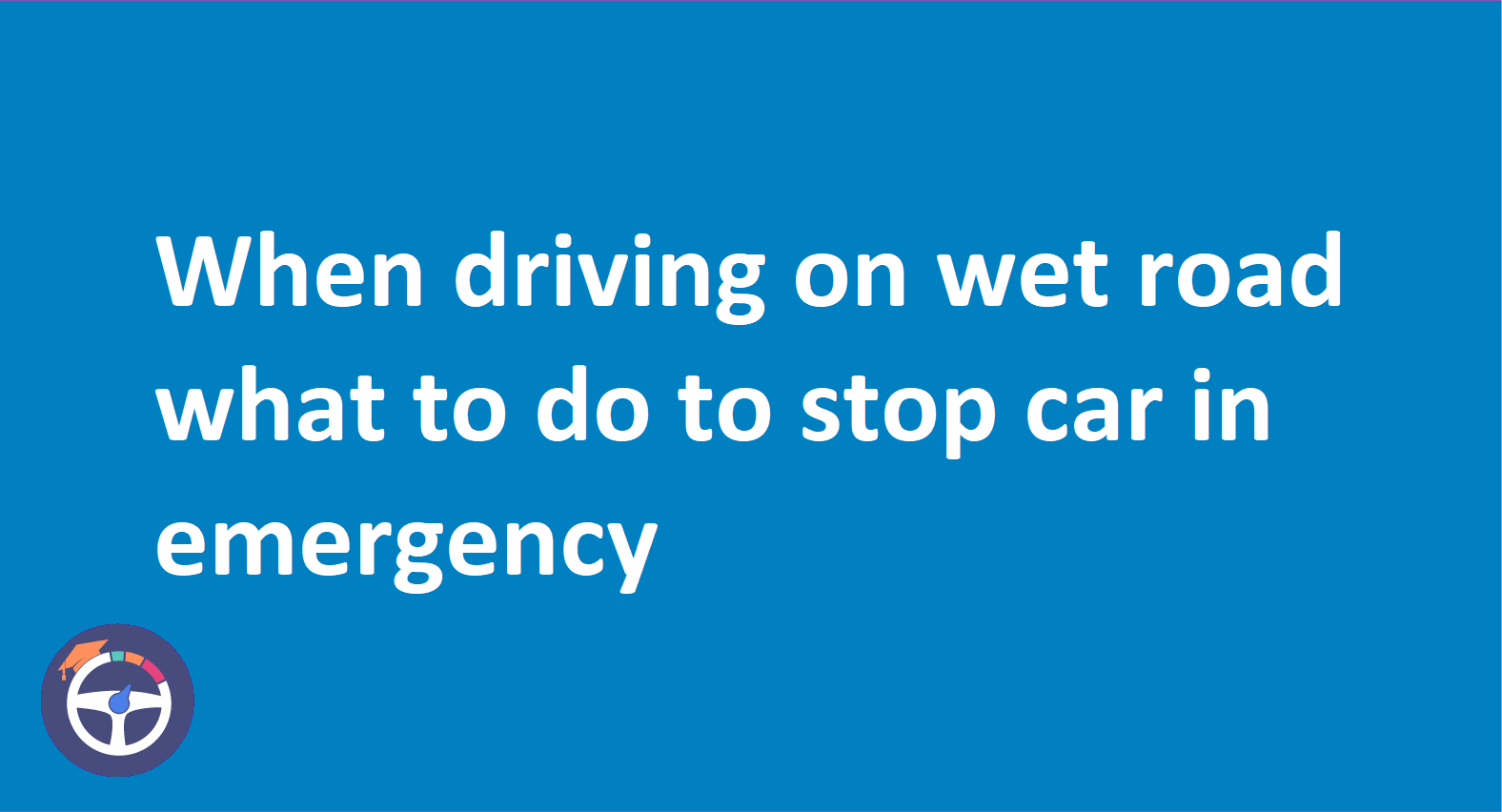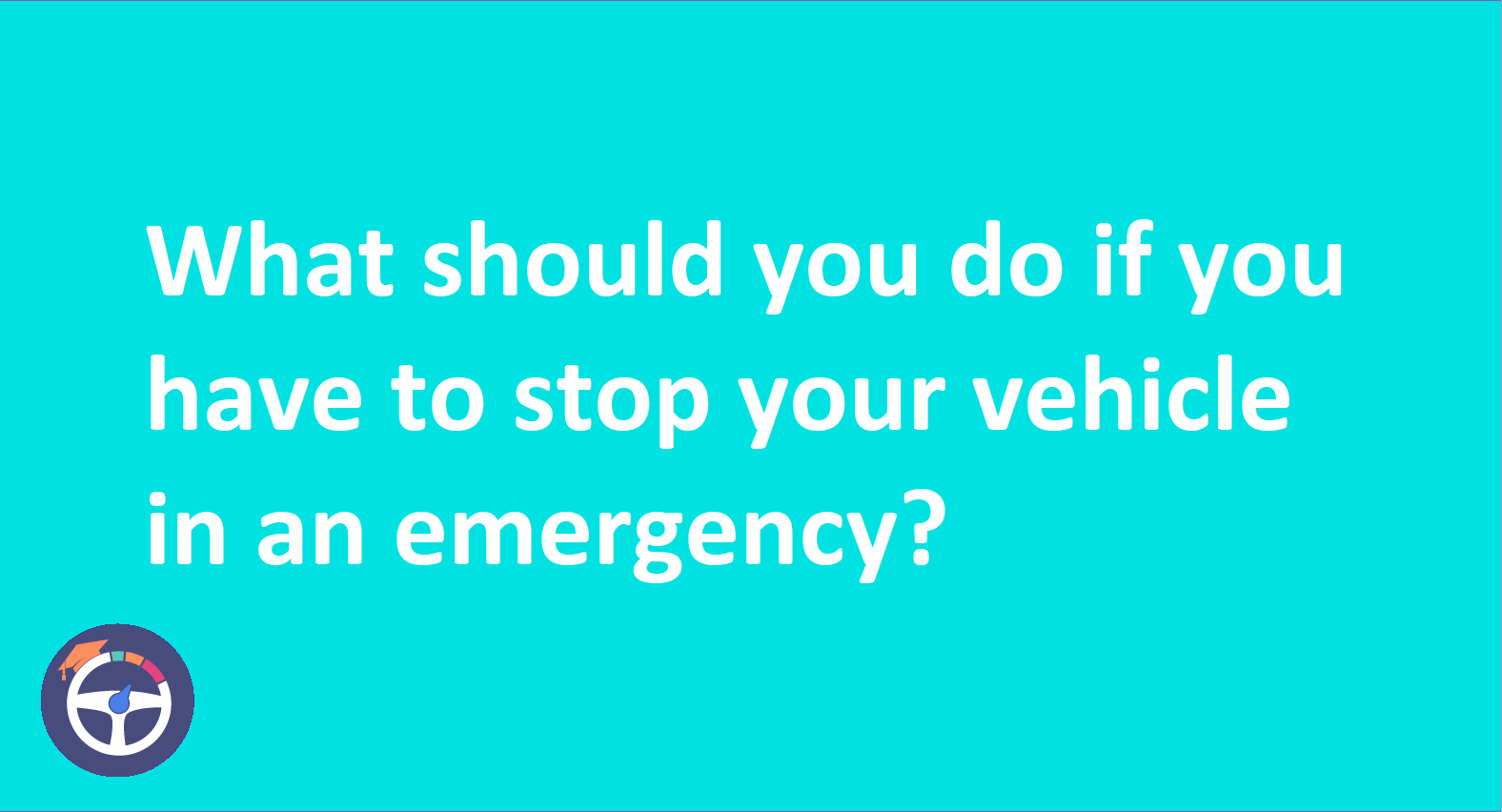What’s The Main Hazard You Should Be Aware Of When Following This Cyclist?
When following a cyclist, remember that they must navigate various hazards. They might wobble or swerve to avoid potholes or suddenly change direction to evade a potential danger. Maintain a safe distance and avoid following too closely or revving your engine in impatience.

Contents
- What’s The Main Hazard You Should Be Aware Of When Following This Cyclist?
- A Sudden Swerve Is The Hidden Danger.
- Putting Safety First: What To Do?
- That’s A Wrap!
- FAQ
- Should I honk my horn at a green light if the cyclist stops abruptly?
- If a cyclist is standing at a red light and has not moved may I pass them?
- Is it still possible for me to follow a cyclist closely even if they are riding in the designated bike lane and not the main traffic road?
- A cyclist is traveling straight ahead at a traffic light when I make a right turn. Do I have to give in to them?
- What hazard should you be especially aware of if you're turning left into a side road?
It almost seems like a driver's dream: cruising down the road the sun shining on your face and the open road stretching ahead of you. However, before you step on the gas keep in mind that sharing the road entails sharing responsibility, particularly with vulnerable users like cyclists. Additionally, you must pay close attention to one particular hazard when you’re following a cyclist.
A Sudden Swerve Is The Hidden Danger.
It’s not what you might think that poses the biggest risk when you follow a cyclist. However, there is always a chance of distracted or speeding drivers. The cyclist themselves poses the greatest risk because they may suddenly swerve. The reason is as follows:
Getting Around Obstacles: Potholes uneven terrain debris and even parked cars opening doors are just a few of the hazards that cyclists must navigate. They may have to make an unforeseen swerve in order to avoid these.
Steering: Bicyclists depend on balance and momentum not on horsepower. Unexpected swerves can be caused by abrupt changes in wind uneven terrain or even small adjustments to clothing.
Miscommunication: Cyclists occasionally use hand signals that are not clear or are misinterpreted. Even if you see a signal be ready for the possibility of an unexpected change in direction.
Putting Safety First: What To Do?
So, how can you drive defensively and prevent an accident by making awareness and proactive driving a priority?
Keep a Safe Distance: Never follow a cyclist behind. Allow them enough room to move around safely—at least three feet or one meter.
Expect the Unexpected: Pay attention to the cyclist's movements rather than just the road ahead and remain vigilant to avoid any unexpected swerves.
Prevent Distractions: Set your phone aside turn down the music and try to keep your eyes off other things when you’re driving. It is imperative that you maintain complete focus while driving.
Clearly Communicate: Don’t abruptly change lanes to avoid startling the cyclist and use your turn signals well in advance. Keep in mind that they might not have anticipated your move.
Be Patient: Try not to rush or put undue pressure on the rider. Allow them the space and time they require to move around safely.
Remember that there are two sides to every road you share. You and the cyclist can both have a smooth and safe ride if you are aware of the possible risks and heed these safety pieces of advice. It is important to prioritize everyone’s safety on the road and develop into a responsible thoughtful driver rather than just passing the theory test.
That’s A Wrap!
Prioritizing the safety of cyclists while driving fosters a more positive and responsible driving culture on the road. The next time you find yourself trailing a cyclist keep in mind that anticipation patience and plenty of space are essential. Happy (and secure) travels!
FAQ
1. Should I honk my horn at a green light if the cyclist stops abruptly?
Not at all! Honking is hostile and may frighten the biker leading to an accident. Rather stay well away and wait for a clear explanation of their stop.
2. If a cyclist is standing at a red light and has not moved may I pass them?
Definitely not! Whether or not the cyclist has begun moving it is illegal and dangerous to pass them at a red light. Await the green light to turn and only move forward when it is safe to do so.
3. Is it still possible for me to follow a cyclist closely even if they are riding in the designated bike lane and not the main traffic road?
No. You have to keep a safe distance of at least 3 feet (1 meter) when following a cyclist even if they are not using the designated lane. Whatever lane they choose you must respect their right to the road.
4. A cyclist is traveling straight ahead at a traffic light when I make a right turn. Do I have to give in to them?
Yes even when turning always give way to cyclists who have the right-of-way. Before making your move make sure the intersection is clear and the cyclist has passed.
5. What hazard should you be especially aware of if you're turning left into a side road?
Pedestrians are more susceptible to injury and are more difficult to spot than oncoming vehicles so exercise extra caution when making a left turn into a side street. Give way to them and make sure they’re clear before turning that’s their right of way.


